The Changing of the Guard
“Changing of the Guard”
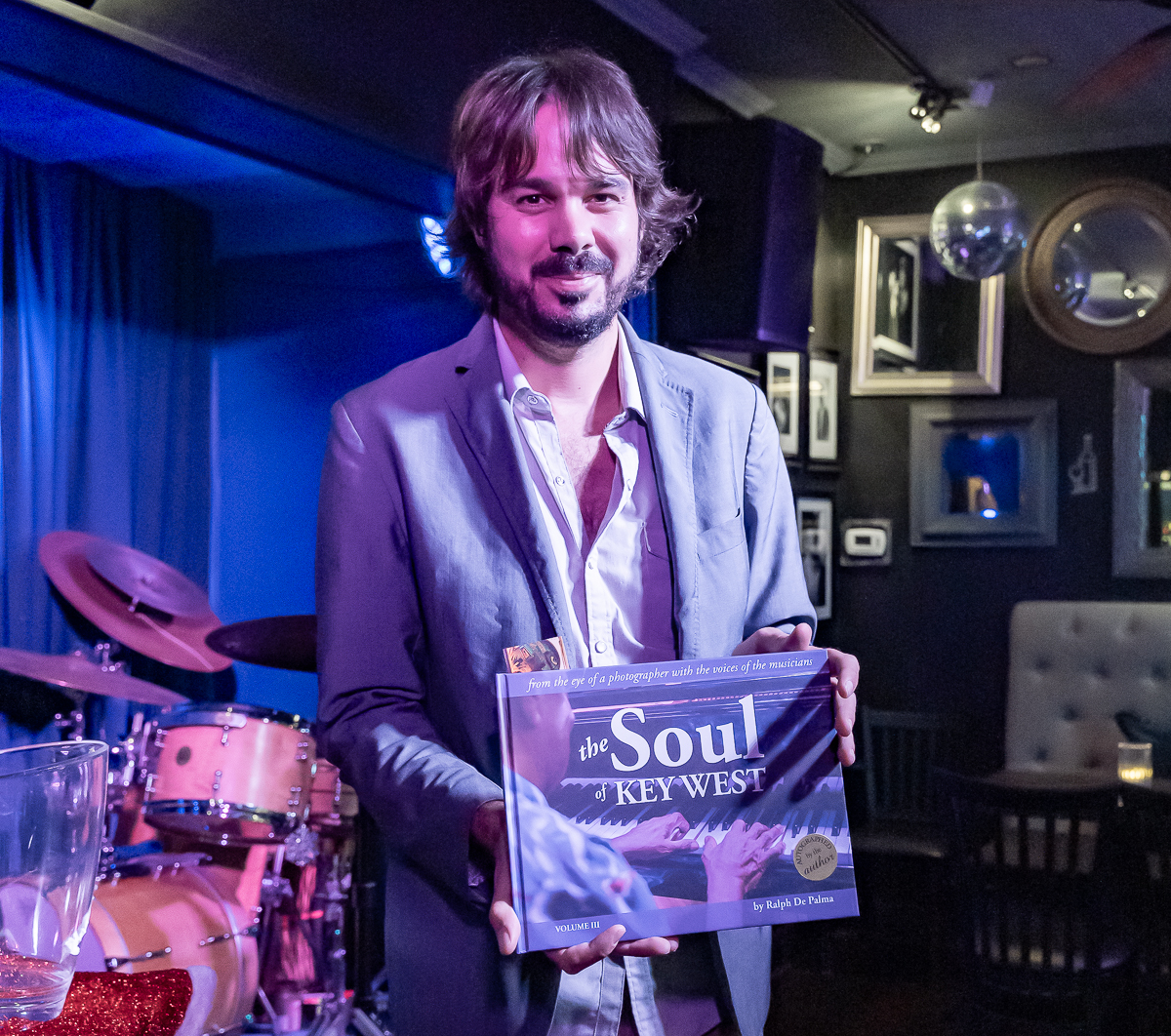
Violinist Martin Sedlak appears on page 94 of The Soul of Key West, Volume III
The changing of the guard in any music scene is a natural progression and happens often through the generations. Younger musicians learn entertaining and music skills from older musicians. Likewise, the older musicians learned these skills, when they were young, from the previous generation.
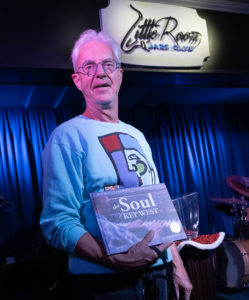
Pete Foster was the first customer at te recent book signing and is a huge Key West music fan.
In Key West, this change has been more pronounced, magnified, and accentuated. With a population of only 24,000, Key West is the size of a small Midwestern town that would normally have a few clubs with music on the weekends and a handful of regular musicians. Key West has 55 venues for live music, hundreds of full-time performing musicians, and average over 330 live performances weekly.
The Key West music scene is different from Nashville, New Orleans, Memphis, Austin, or New York. Almost all the Key West musicians know each other, perform each other’s original music and when needed, fill in for each other. They know each other’s abilities and flaws. For the most part, they really like and enjoy each other. There is competition for a gig but it’s not aggressive and rabid as in some other cities. There is a distinct One Human Family esprit de corps. I call it One Music Family.
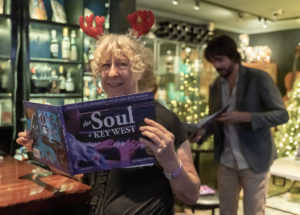 Consequently, when there is a change in the Key West music scene, it is deeply felt by the musicians and audiences. For the past ten years, there has been a huge change. Older musicians have either passed away, retired, or could no longer afford to live in Key West. The COVID epidemic was a straw that broke many musicians.
Consequently, when there is a change in the Key West music scene, it is deeply felt by the musicians and audiences. For the past ten years, there has been a huge change. Older musicians have either passed away, retired, or could no longer afford to live in Key West. The COVID epidemic was a straw that broke many musicians.
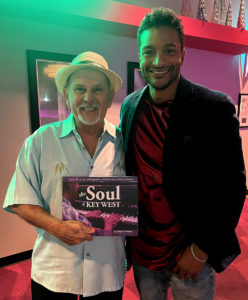
Key West drummer Daniel Clark roots come from longtime Bahamian/Key West family.
When I arrived in 2000, Robert Albury could be heard singing while riding his bike downtown, Barry Cuda pushed a 400-lb. piano from gig to gig, and Bill Blue Soundchecks at the Green Parrot were seismic events. Now, Coffee Butler’s magic is no longer felt. Bobby Nesbitt no longer plays old jazz standards with Leonard Bernstein sitting on his piano bench. Terry Cassidy’s banjo is sorely missed, and most recently, Michael McCloud’s unique vocals and originals are no more. These are just a few musicians that could be listed.
I’m not one of those “you should have been here when” guys. Key West has the best music scene ever and is growing. It has absorbed the above changes resiliently and continues to thrive.
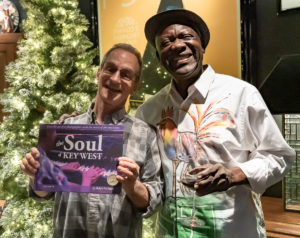
Skipper Kripitz and Wille Jean-Paul enjoying a toast together.
There are many young and talented musicians that have made Key West there home. They are filling the huge void. A few have stepped up to music leadership roles. Younger players are now the avant-garde of the music scene. Many are following in the path of their former Key West brethren. They take their inspirations and use the music magic of those former players.
Musicians of all stripes are making a living playing music in Key West for an audience that includes a million tourists annually. There are second and third generations of musicians living in Key West. New and younger musicians are bringing new ideas and new energy to Key West. New licks and riffs will be played, new music will be produced and recorded, there will be new stars that will shine brightly, and new songs that become frequent requests.
One of the newest musicians in town categorized Key West musicians in a very unique grouping that I thought I should share:
- The first type is “we make music because we have to.” Music is an autonomic function like breathing and heartbeats. If they don’t play music, they can be physically ill. It’s who they are.
- The second type are the ones that really love music, much like the 1st category, but have discovered the joy in entertaining and helping our one million tourists have fun while here. They will play that well worn cover song that is not really challenging but was a request from people that are filling the dance floor and the tip jar.
- The third type is a perfect combination of the first two categories. They have found a way to perform with their heart and soul and let that become their “shtick”. They can cover that obscure Dylan or Doctor John song or one of their originals with equal panache. The audience can look through their eyes and view their soul. The audience can understand the expression on their face that is bleeding emotion and their inner feelings to them.
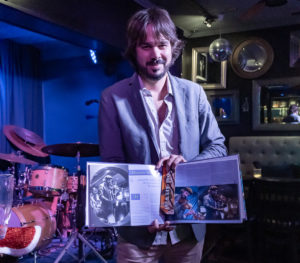 Key West has an abundance of all three categories. Music permeates Key West right down to the coral rock. The soul of Key West is a combination of its music core and the One Human Family juju that charms the spirit of Key West life.
Key West has an abundance of all three categories. Music permeates Key West right down to the coral rock. The soul of Key West is a combination of its music core and the One Human Family juju that charms the spirit of Key West life.
Our melting pot of talent blends this harmony described in my new book, The Soul of Key West, Volume III. It highlights 45, mostly newer, Key West musicians. The Key West collaborations of Shel Silverstein is part of this volume plus the unique story of Ellen Welters Sanchez who taught music in Key West for over 70 years. Volume III covers the story of the Full Moon Saloon, a Soundcheck Elegy, and a very cool saga of Michael McCloud.
The book is available HERE

There are no comments yet, add one below.



Leave a Reply